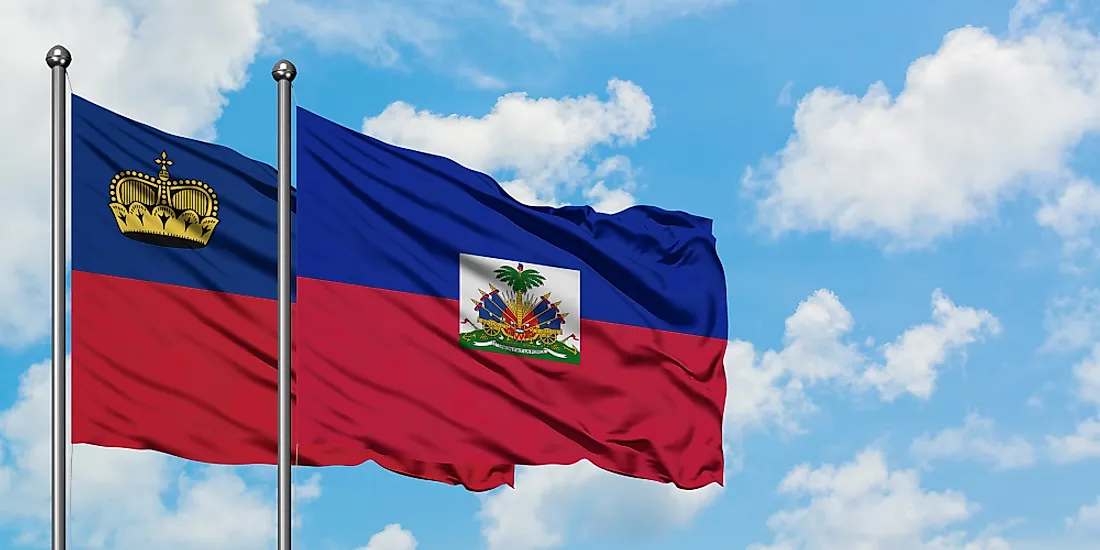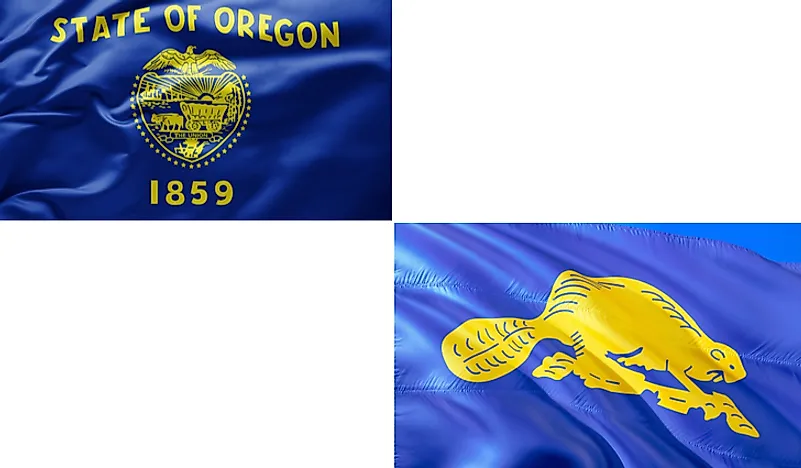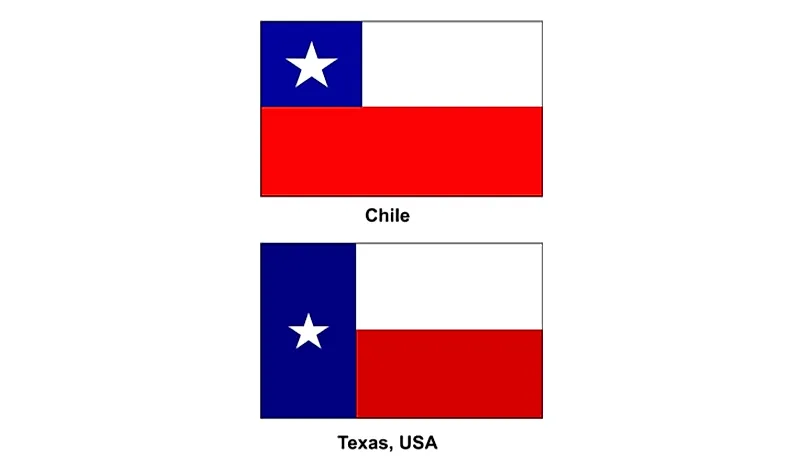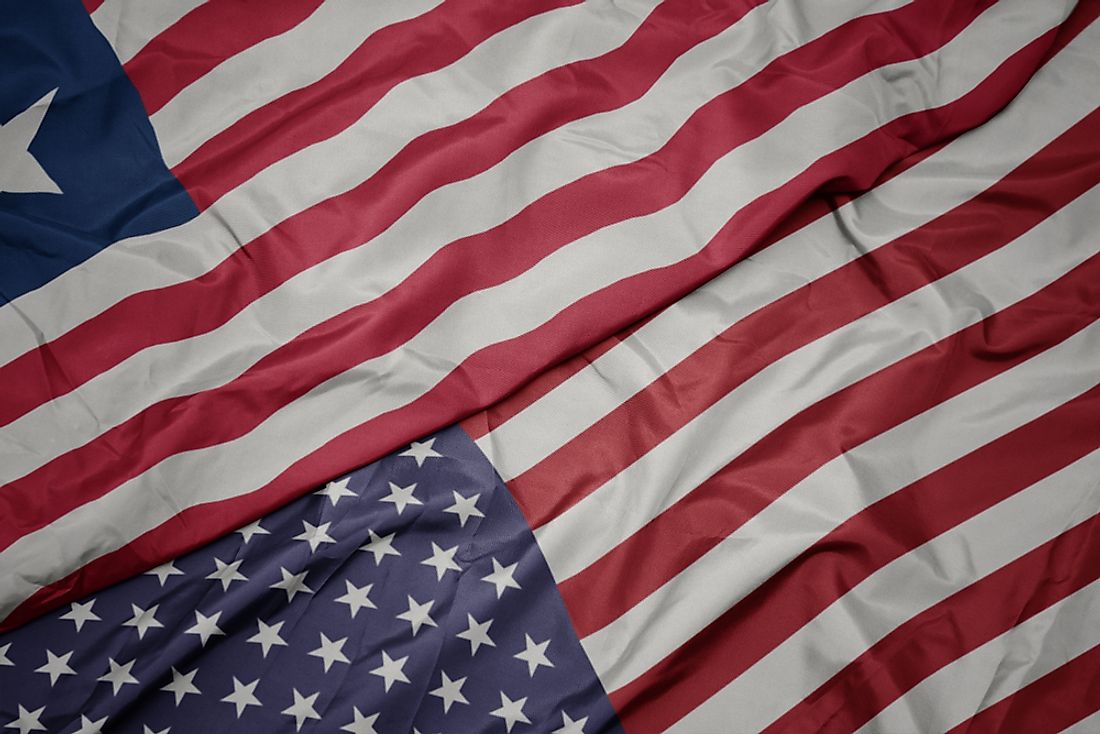The flag of Papua New Guinea consists of a diagonally divided field, the left-hand side of the flag is black, and the right side of this flag is coloured in red. The black, left side of the flag also consists of the Southern Cross constellation in white, and the red, right-hand side contains a yellow silhouette of a Raggiana bird-of-paradise. This flag was given official status on 1 July 1971, four years before full independence from Australia was granted.
The red and black in this flag are representative of traditional tribal colours of the region as well as being associated with the German Empire which had colonised parts of the nation in the late 19th century. The Raggiana bird-of-paradise is also found on the national coat of arms and has been an official symbol of Papua New Guinea since 1971. The Southern Cross Constellation is seen only from the Southern Hemisphere, and it is also found on the flags on Australia and New Zealand.
Before independence, the Australian administrators of the country came up with a design that consisted of three equal vertical fields in blue, yellow, and green, with the bird of paradise and the Southern Cross also included. This design was widely rejected, and the modern flag was designed through a nationwide competition, won by 15-year-old Susan Karike. This high school student created a meaningful flag that has lasted for over 45 years and counting.
Previous flags of the country include the flag of German New Guinea, the Australian-inspired flags of both the Territory of Papua and the Territory of New Guinea (which later merged to form Papua New Guinea), the Australian national flag, and a flag that was also used specifically for sporting events from 1965-1970. The various flags of Papua New Guinea throughout the country's rich history are very diverse and contain many different colour schemes.
This page was last modified on May 1st, 2018
More on Graphicmaps

Published on 2019-11-06
What is a Trade Embargo?

Published on 2019-11-04
Which Two Countries Used to Have the Same Flag?

Published on 2019-09-16
What Is the Only Two-Sided State Flag?

Published on 2019-09-16
Which Country Flag Looks Like the Texas Flag?

Published on 2019-08-29
Flags That Resemble the US Flag

Published on 2019-08-20
